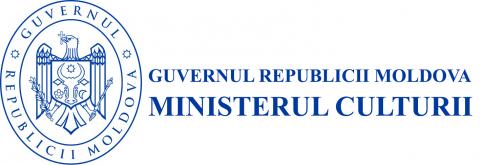IX. TRADITIONAL INSTITUTIONS, KINSHIP,
FORMS OF ASSOCIATION
The main bearers of the intangible cultural heritage elements are human communities. These communities constitute highly organized structures, having a hierarchy and structure. They unite in the same integrated ensemble the life of all the groups and social institutions, according to generally accepted rules of behaviour. Social institutes, as well as different groups, as an integrated component of communities, supervise the system of values, the social-normative behaviours, and the reproduction of the system of traditional culture with the entire complexity of its relationships, including the transmittion of the tradition to the younger generation. The perpetuation of traditional elements and expressions, assuring their viability inside communities, is achieved due to the activity of these social structures and their relationships.
In this section of the Inventory were included: basic institutions, along with the traditional etiquette that highlights the place and prestige of each member of the collectivity; social groups, constituted according to criteria of profession, age, gender, playful criteria, confessional and mixed ones; groups formed through kinship, together with social norms that guide them; relationships that were juridically founded in the traditional practice.

